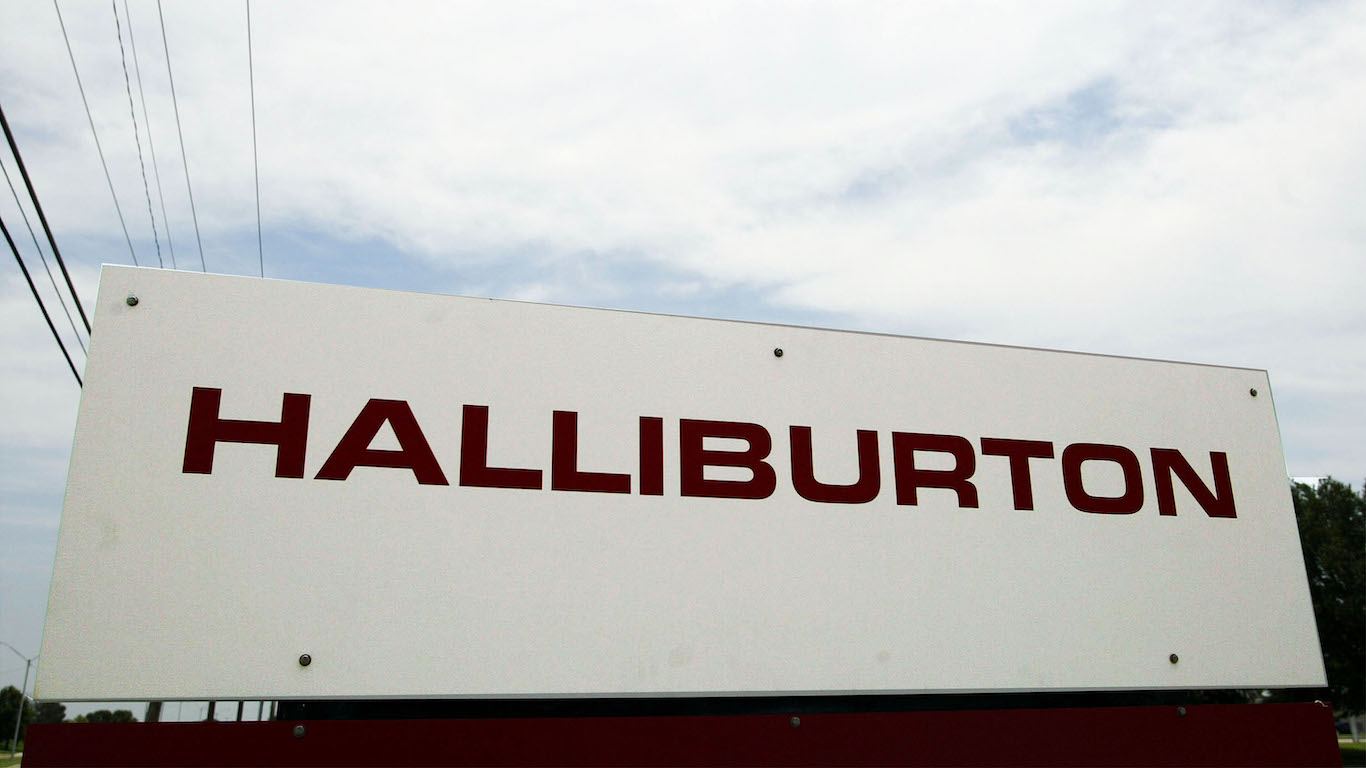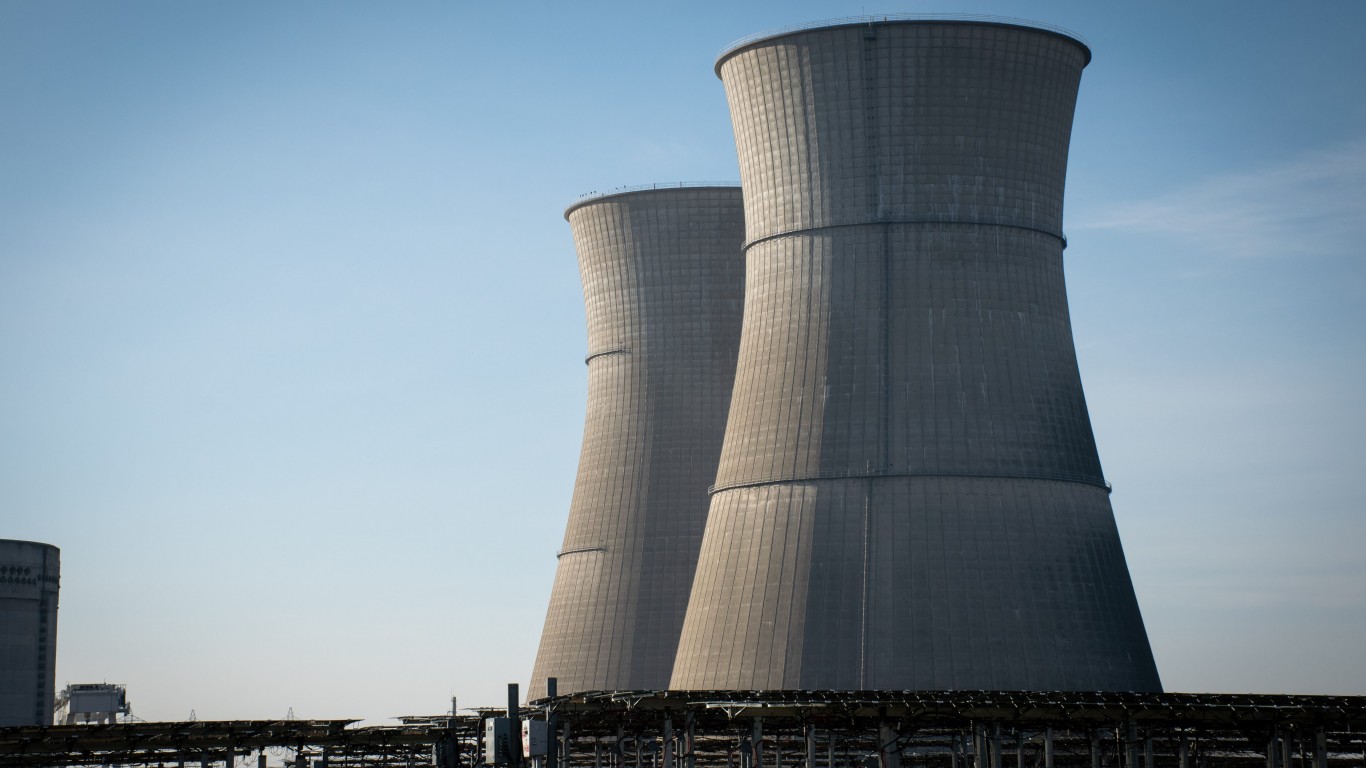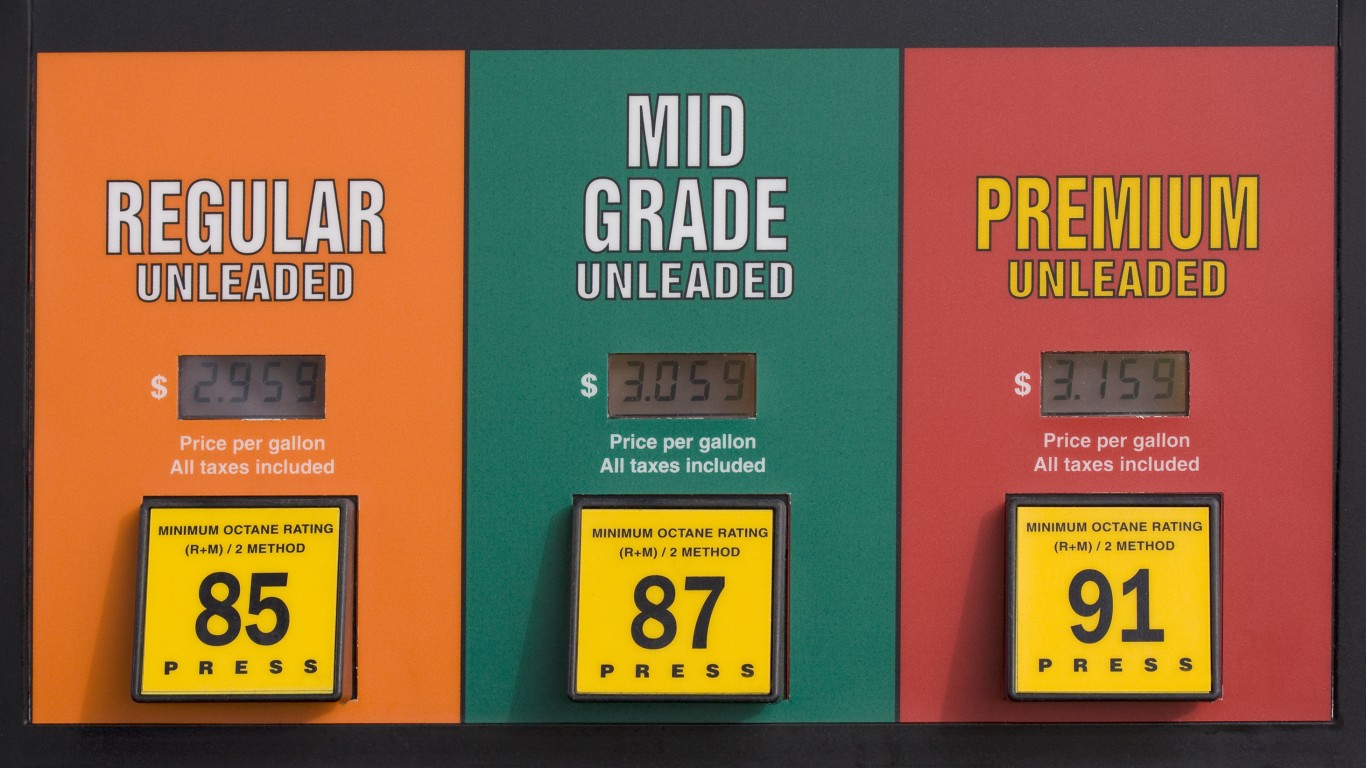
Halliburton Co. (NYSE: HAL) reported second-quarter 2020 results before markets opened Monday. The oil and gas services company posted adjusted diluted earnings per share (EPS) of $0.05 on revenues of $3.2 billion. In the same period a year ago, the company reported EPS of $0.35 on revenues of $5.93 billion. Second-quarter results also compare to consensus estimates for a net loss of $0.11 per share and $3.31 billion in revenues.
On a GAAP basis, Halliburton posted a quarterly net loss of $2.7 billion ($3.07 per share), compared to net income a year ago of $229 million, or $0.26 per share. Excluding impairments and other charges, adjusted operating income was $236 million in the second quarter of 2020, a 53% decrease from an adjusted operating income of $502 million in the second quarter of 2019.
Halliburton took impairment and other noncash charges in the second quarter totaling $2.1 billion, including an impairment of $1.25 billion on long-lived assets and $494 million on inventory costs and write-downs.
The company’s free cash flow in the first half of the year totaled $468 million ($456 million in the second quarter), sharply higher than the negative free cash flow of $438 million in the first six months of last year. Capital spending fell by nearly $500 million. Operating costs fell sharply as well, due largely to job cuts totaling around 2,700 during the quarter. Wringing out costs worked to boost Halliburton’s adjusted income and per-share results.
The company offered no guidance, but analysts expect a loss per share of $0.12 on revenue of $3.1 billion in the third quarter. For the full fiscal year, analysts are looking for a net loss of $0.05 per share on $14.58 billion in revenue. In 2019, the company posted EPS of $1.24 and revenues of $22.41 billion.
Chair and CEO Jeff Miller commented: “Despite the market headwinds, the margin performance of our Completion and Production and Drilling and Evaluation divisions and the $456 million of positive free cash flow generated this quarter show the speed and effectiveness of our aggressive cost actions.”
North American revenue declined by 57% sequentially and fell by 68% year over year. International revenue fell by 17% sequentially.
In Monday’s premarket session, Halliburton stock traded up about 4.0% to $13.60, after closing Friday at $13.09. The stock’s 52-week range is $4.25 to $25.47, and the consensus 12-month price target is $12.33.
Halliburton pays a dividend of $0.18 annually (a 1.3% yield).
It’s Your Money, Your Future—Own It (sponsor)
Retirement can be daunting, but it doesn’t need to be.
Imagine having an expert in your corner to help you with your financial goals. Someone to help you determine if you’re ahead, behind, or right on track. With SmartAsset, that’s not just a dream—it’s reality. This free tool connects you with pre-screened financial advisors who work in your best interests. It’s quick, it’s easy, so take the leap today and start planning smarter!
Don’t waste another minute; get started right here and help your retirement dreams become a retirement reality.
Thank you for reading! Have some feedback for us?
Contact the 24/7 Wall St. editorial team.




